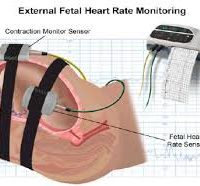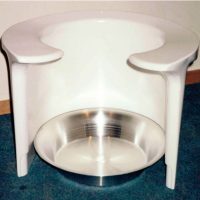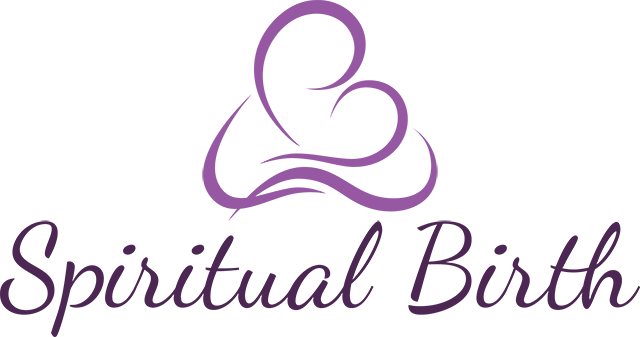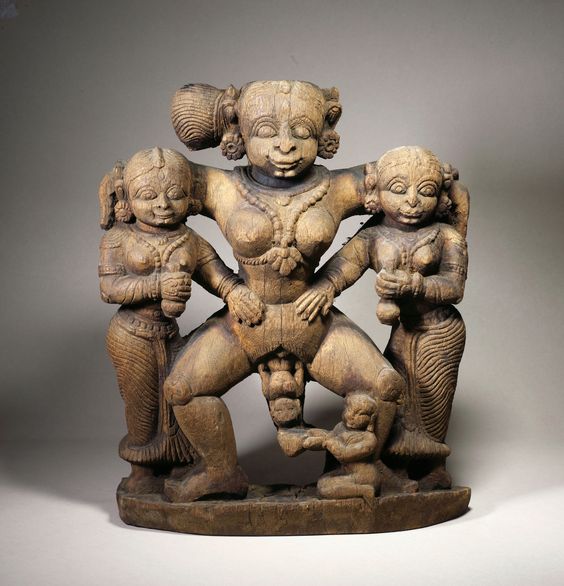On one occasion, I accompanied the doctors and medical students, a group of about 15 medics, on their rounds, in a maternity hospital. We came to the bedside of a woman lying on her back on a hospital bed, attached with leads to a cardiotocograph (CTG) machine, which was measuring the unborn baby’s heartbeat.
 Let me name the woman as Lettie. Lettie was strapped to a CTG, unable to move without help and had been put on the list for a caesarian section. This was her second baby after a first normal birth. There was some concern about an irregular fetal heartbeat although the changes were concomitant with what appeared to be ‘bearing down’ contractions on the graph.
Let me name the woman as Lettie. Lettie was strapped to a CTG, unable to move without help and had been put on the list for a caesarian section. This was her second baby after a first normal birth. There was some concern about an irregular fetal heartbeat although the changes were concomitant with what appeared to be ‘bearing down’ contractions on the graph.
To me Lettie looked a bit like a champagne bottle that needed the cork removing. I spoke up to say that I was sure she would give birth soon and asked for permission to assist her. The lead doctor agreed, giving me ’10 minutes” to achieve a miracle. I asked Lettie a few questions and touched her hand. With her consent I examined her. Lettie indicated she needed to go to the bathroom and empty her bowel. I remembered when I myself was in hospital with fractured vertebra. I remember having to empty my bowel lying flat into a bedpan. Apart from embarrassing, it was really difficult.
The toilets were a short walk down the corridor. I helped Lettie off the bed and with IV lines in my hand we shuffled to the toilet. Once there, with me holding IV bag and lines, Lettie’s face relaxed. I remained at Lettie’s side. She closed her eyes and stood above the bowl bending her knees a little. It dawned on me that the birth was imminent. Lettie did not make a sound. Lettie’s body expanded and released her baby the minute she felt comfortable. The baby slid into my hands. He breathed and cried instantly. I placed the baby on his mother’s chest, skin to skin, and covered him with Lettie’s gown. I called for help and within a minute or two, fellow midwives arrived with a wheelchair, sheets and blankets. Lettie and her baby were wheeled back to their bed, task accomplished. Lettie smiled and said Thank you. That is all.

Apart from needing a person who is “on their side” during labour and birth, I have observed that women need dim light, privacy, silence and the freedom to be upright in order to give birth with ease. The bathroom is the only small, quiet and private room in a hospital. It was the only choice for Lettie, a sensible choice. It prevented surgery she did not want or need.

